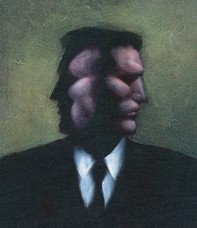The place of asenapine in the treatment of schizophrenia and bipolar disorder
In the past 20 years, seven second-generation (‘atypical’) antipsychotics (risperidone, olanzapine, quetiapine, aripiprazole, amisulpride, ziprasidone, asenapine), in addition to clozapine, have been introduced in Australia for the treatment of patients with schizophrenia. Their improved tolerability, especially in relation to extrapyramidal side effects, led to them quickly replacing the older ‘typical’ antipsychotics. As atypicality is mainly ascribed to stronger serotonin 5HT2A receptor affinity compared with affinity for the dopamine D2 receptor (with the exceptions of aripiprazole and amisulpride), why do clinicians need the latest antipsychotic asenapine with the same mode of action? This article attempts to place asenapine in the context of first- and second-line treatment for patients with psychotic disorders, relying on clinical experience as much as level 1 evidence.

